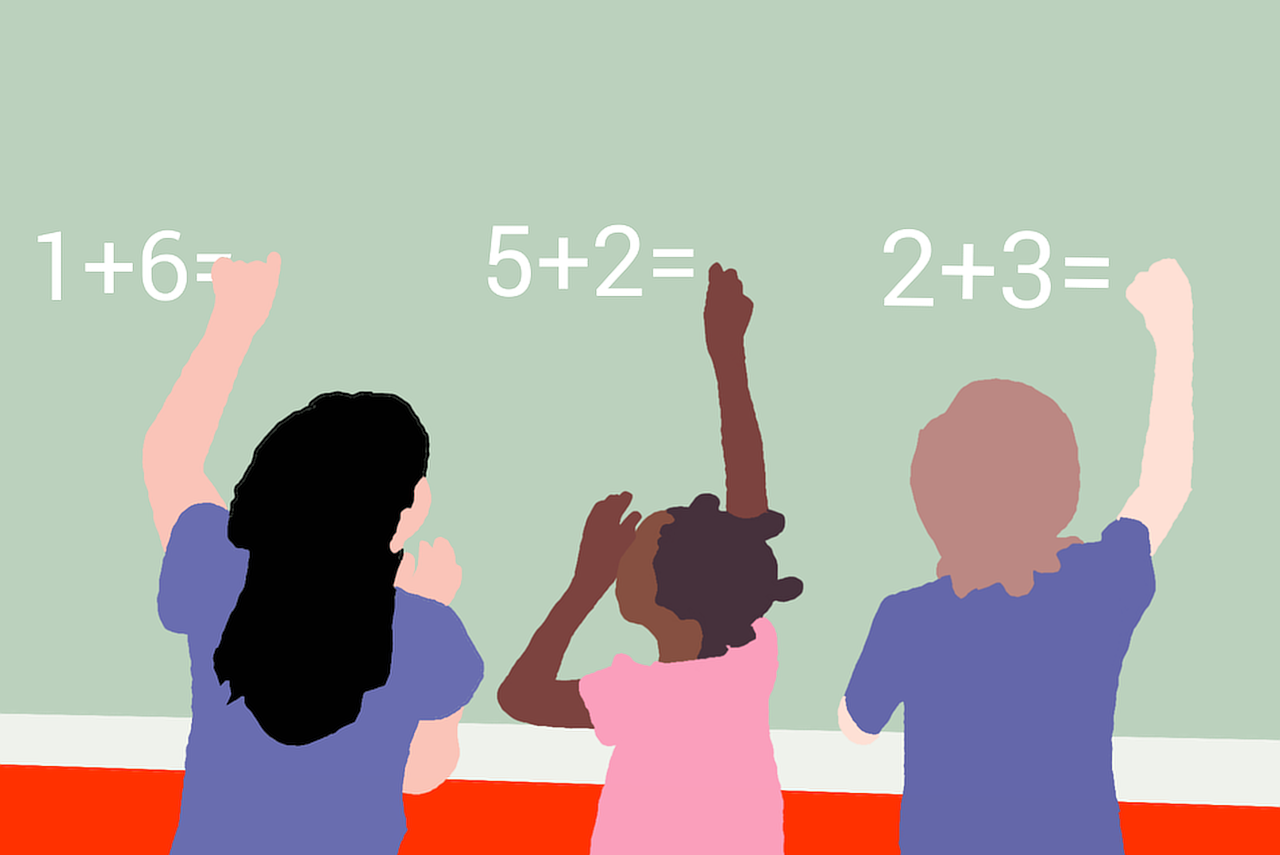There are so many arguments against the notion of not being a maths person. I won’t go into them, but let me be clear: I do not believe that one is innately good or bad at maths. Indeed, it may be that some people need to work harder to understand maths, but that doesn’t mean that they inevitably will not get it.
One of my main goals when teaching maths is to make sure that by the end of the academic year, none of my students feel a strong hatred towards the subject. It sounds like a simple goal, but take a moment to think: how many people have you met in your life who have a strong aversion to maths? I’ve heard multiple colleagues groan about having to do any level of maths whatsoever. One science teacher even suggested using maths as a punishment. The problem is real.
National Numeracy, a charity that started in 2012 with the aim of raising low numeracy skills among children and adults, outlines a compelling list of reasons for why numeracy is important. Poor numeracy has a negative impact on employment, wages, health and more. Certainly, the importance of helping our students experience success and some enjoyment in maths extends well beyond getting a good grade on their Maths GCSE.
The key is to be as enthusiastic as you want your students to be.
Here are some of the strategies I use to help my students experience success and enjoyment in maths:
1. Rethink my approach
Sometimes I think to myself, “They just don’t get it.” I always quickly follow this up with, “What can I do differently?” One of the beautiful things about maths is that there are often multiple ways of achieving the same end. There are also different words that can be used to describe the same thing. If a student is struggling with long multiplication, we try grid method, lattice method, rainbow method – whatever helps them get it. If they’re struggling with word “multiplication”, we’ll use “times” instead.
2. Build confidence with an impressive vocabulary
You might be thinking that this is ridiculous; students struggle so much already, isn’t it a waste of time teaching them unnecessary words? I’m not talking about a new word a week. It could be as much as a new, impressive word per term or half term. Three to six words in a year.
My favourite word to teach my students is “commutative” (when you can swap the numbers around and get the same answer). Throughout the rest of the year, I find ways of bringing it up again, and gradually my students start using the word on their own without being prompted. Whenever they do this successfully, their pride is palpable. Do they need to know the word? Probably not. Do they like knowing how to use it? All signs point to yes.
3. Songs
The key to using maths songs is to be as enthusiastic about them as you want your students to be. My favourite maths song is the Prime Numbers Rap Song. We sang it when we learned about prime numbers and then as the year went on, we’d sometimes sing it at the end of a lesson. By the end of the year, a number of my students were remembering and singing the prime numbers up to 20.
Singing is a great way of helping your students forget how much they don’t like maths, if that is the unfortunate case. It’s also a good approach to rote learning. Times tables songs are surprisingly catchy!
The change I’ve seen in students’ interest and energy is amazing.
4. Games
It’s amazing how excited kids will get about standing in a corner, throwing a bean bag into a box or hitting a button that makes a loud sound. I don’t just mean little kids; I’m talking 11 to 14 here. I love reinforcing and revising skills with a short game.
The corner game is great for any subject and for a class of any size. Essentially, it’s twenty questions, or taboo, depending how you angle it. A student stands in a corner, facing the wall. I put a key word on the board and the rest of the class gives the student clues to guess the word. A younger version of myself would never have imagined saying to a student, “Go stand in the corner,” and having them do so happily and smiling.
The bean bag game, which I have dubbed “The Cardboard Box Game”, involves answering a revision question and then throwing a bean bag into a cardboard box. Students get more points for throwing the bag from further back (I set the different distances by placing rulers on the floor).
The button game is not complicated. Two students. One question. When they’ve got the answer, they hit the button, which makes a noise. It gets pretty exciting very quickly.
5. Competition
Competition has to be incorporated into maths thoughtfully, or else you’re at risk of really putting some students off. One of my favourite ways of using competition to motivate students is the coloured worksheet method. This lends itself well to topics that have clearly increasing levels of difficulty. For example, short division. You can do it with increasingly larger numbers, with carrying, and with or without remainders.
The worksheets are smaller than your driver’s license. Each one has 8 to 10 questions. There are four sheets in different colours, each one increasing in challenge: green, yellow, red, purple. Once a student completes a sheet, I quickly mark their work (it helps to have the answers written out in advance). They make corrections if necessary, then move on to the next sheet. My usual expectation is that all students complete at least the green and yellow sheet. The impact this has on motivation is impressive.
6. Student as teacher
Every now and then, I like to get my students up to the front of the class to lead a starter, a mini plenary question, or an example. I choose students to do this based on their level of understanding. I always go through at least one example first, so they know what to do. When they come up to teach, I remind them that they’re not there to show off; they must ask their peers questions and try to get as many people involved as possible. Their questions are often thoughtful: how did you get that? What might some people do wrong? Is it commutative?
When students become aware that they might have the opportunity to teach their peers, a lot of them get more involved in the lesson. Participating in discussions about the examples is the best way to show me that they understand what we’re doing and the best way to get chosen to teach! The change I’ve seen in students’ interest and energy when they get to be the teacher is amazing.
Ultimately, the more fun you’re willing to have with maths, the more fun your students will have. So go on, have some fun with it and see what happens!










